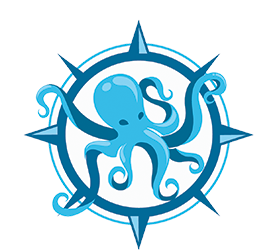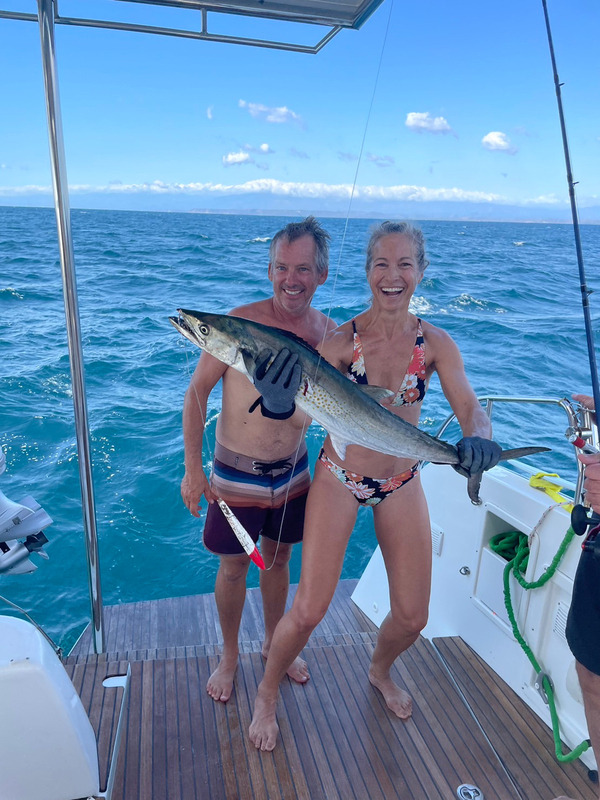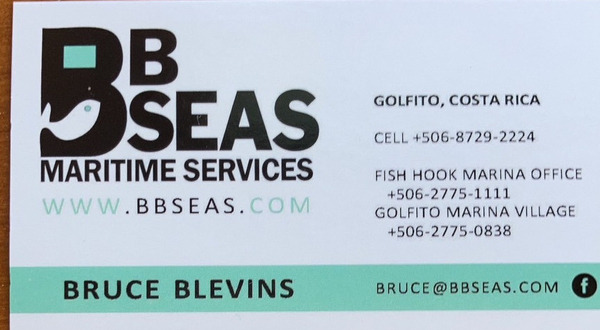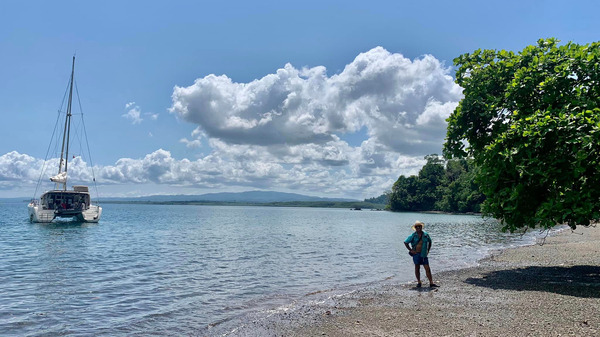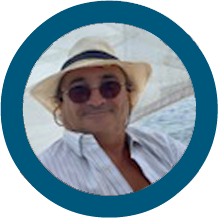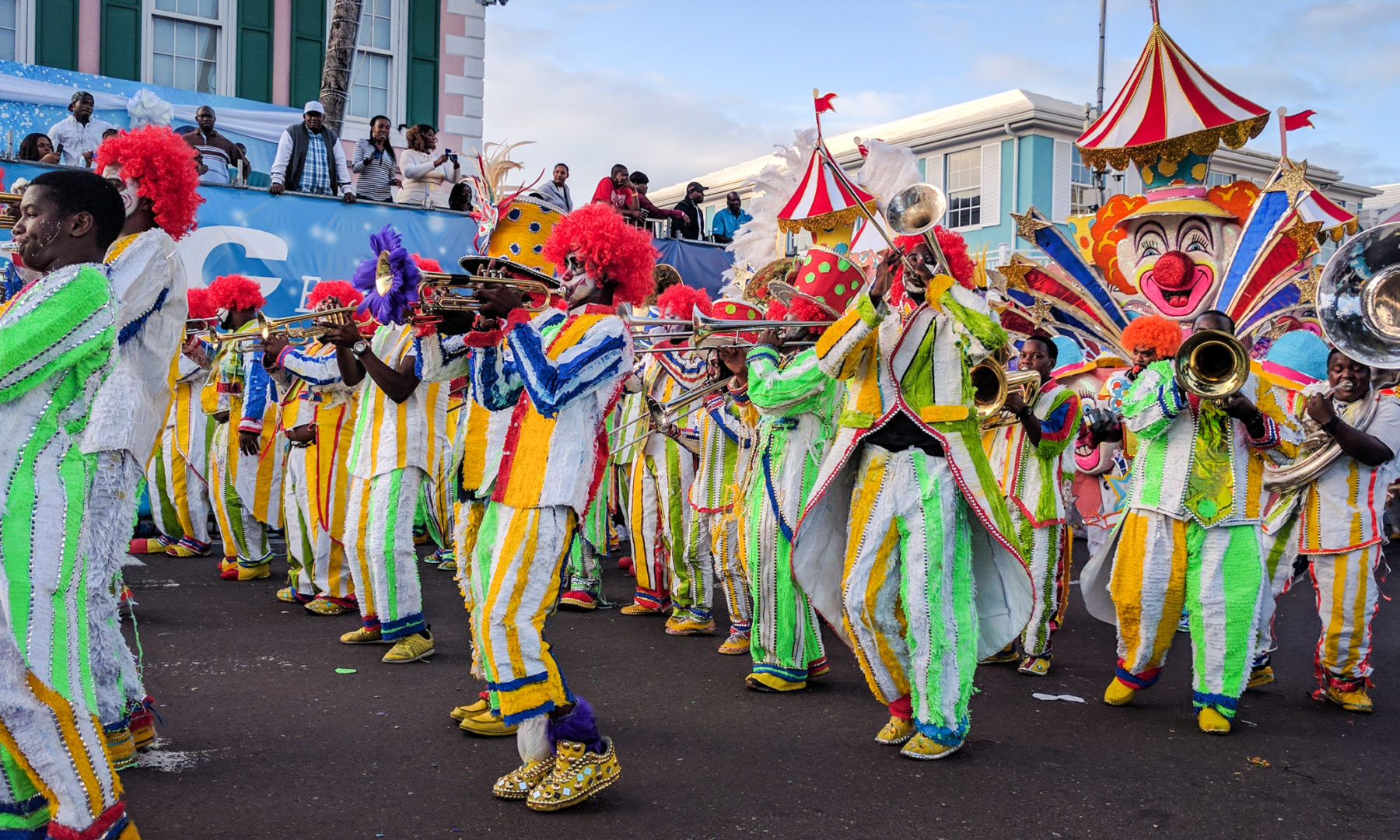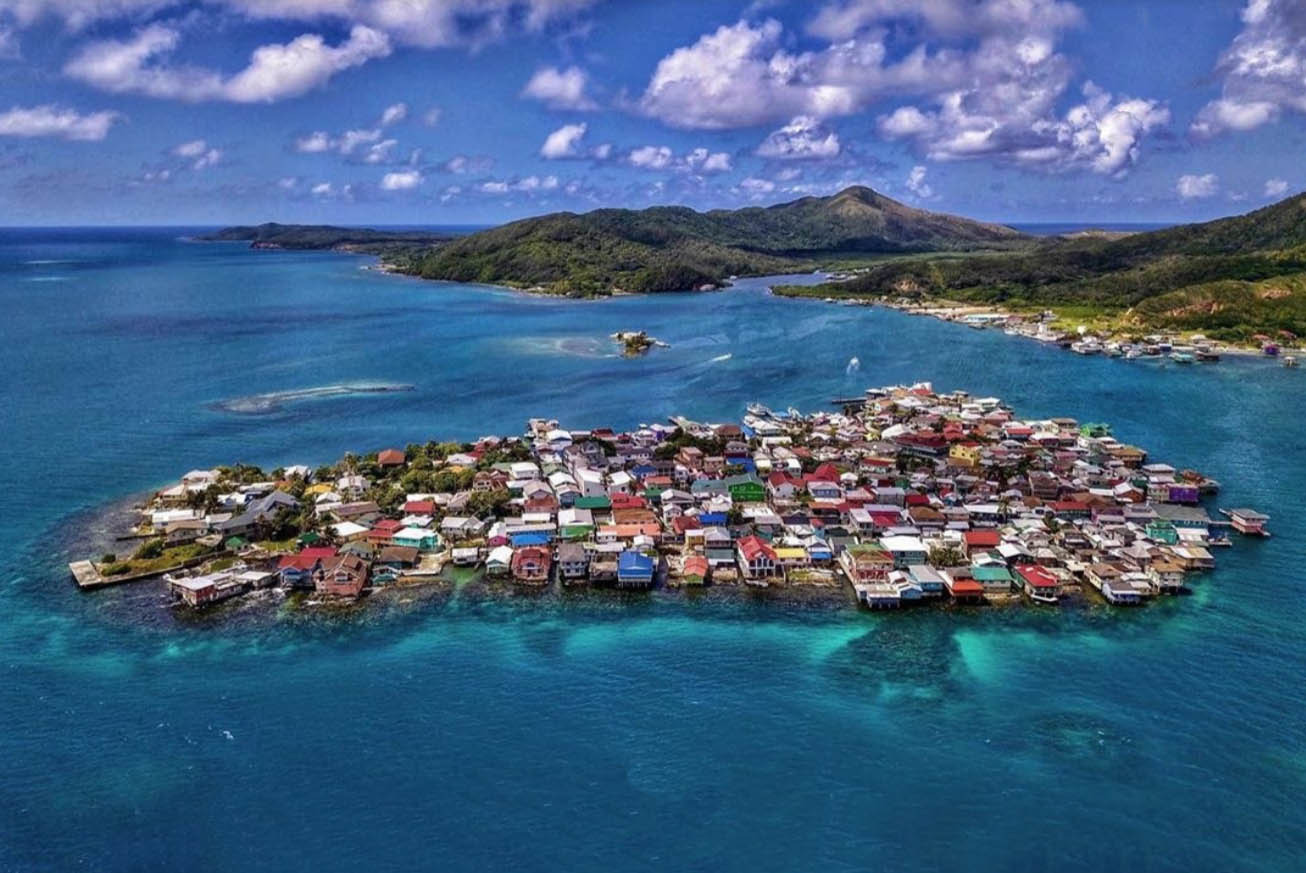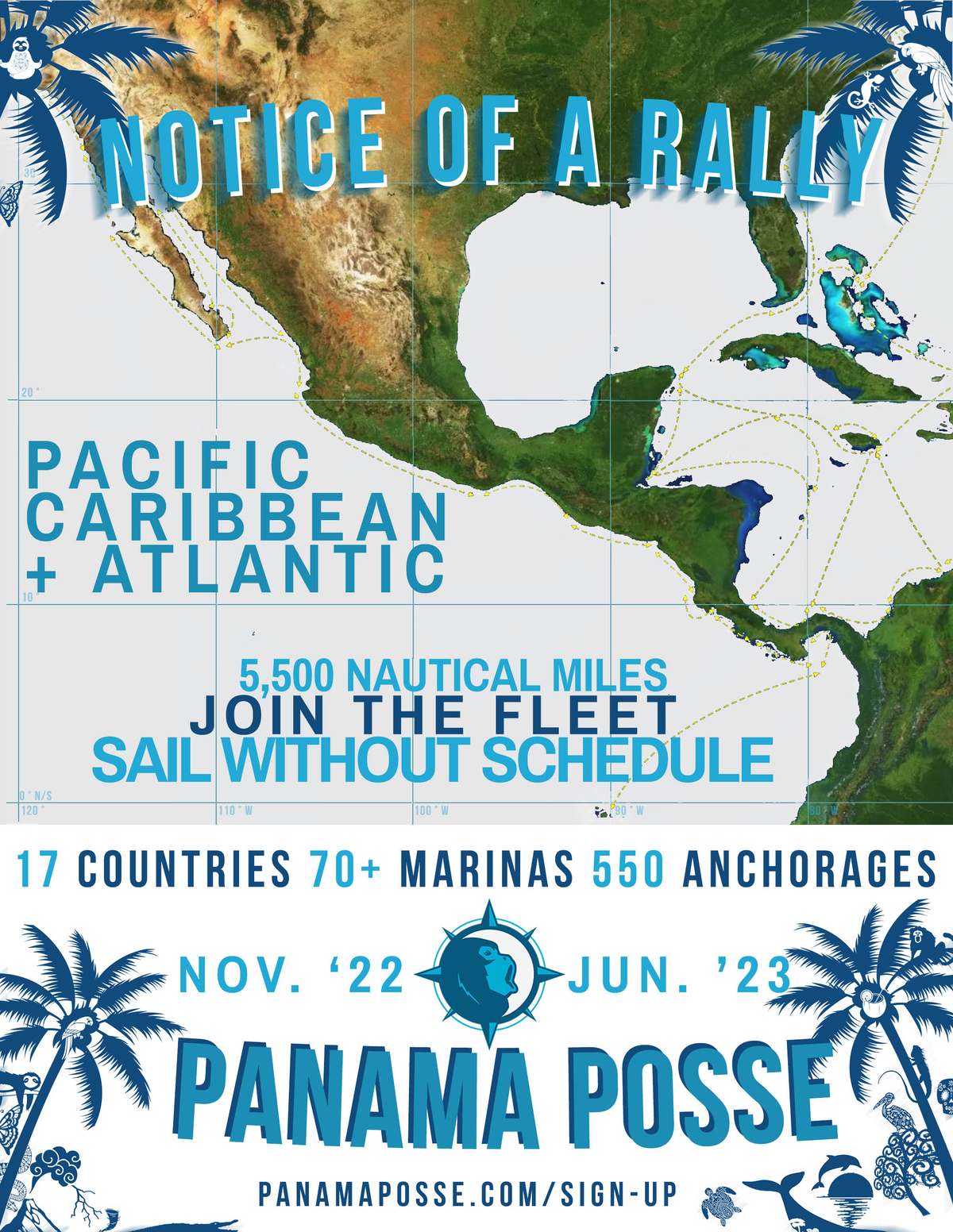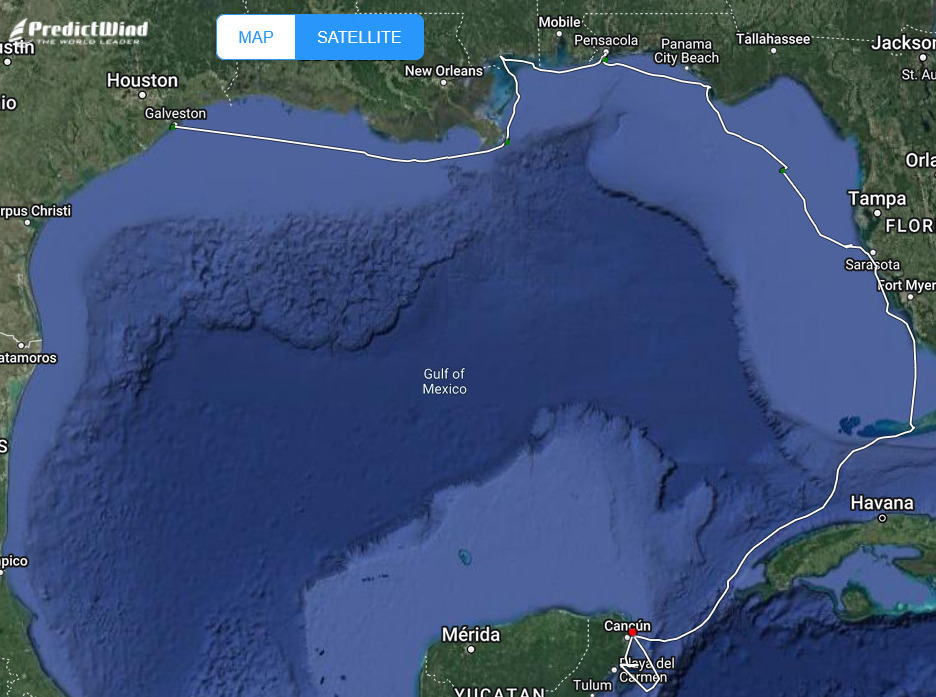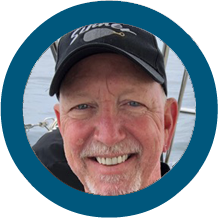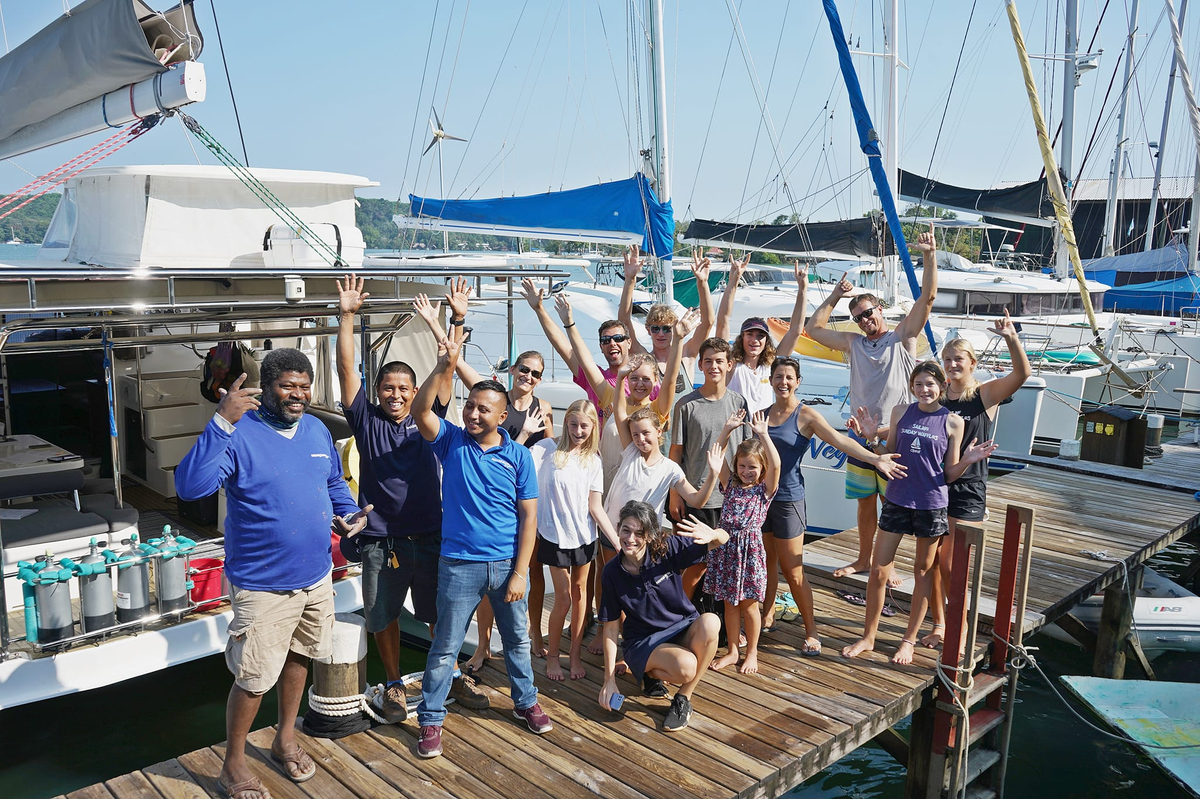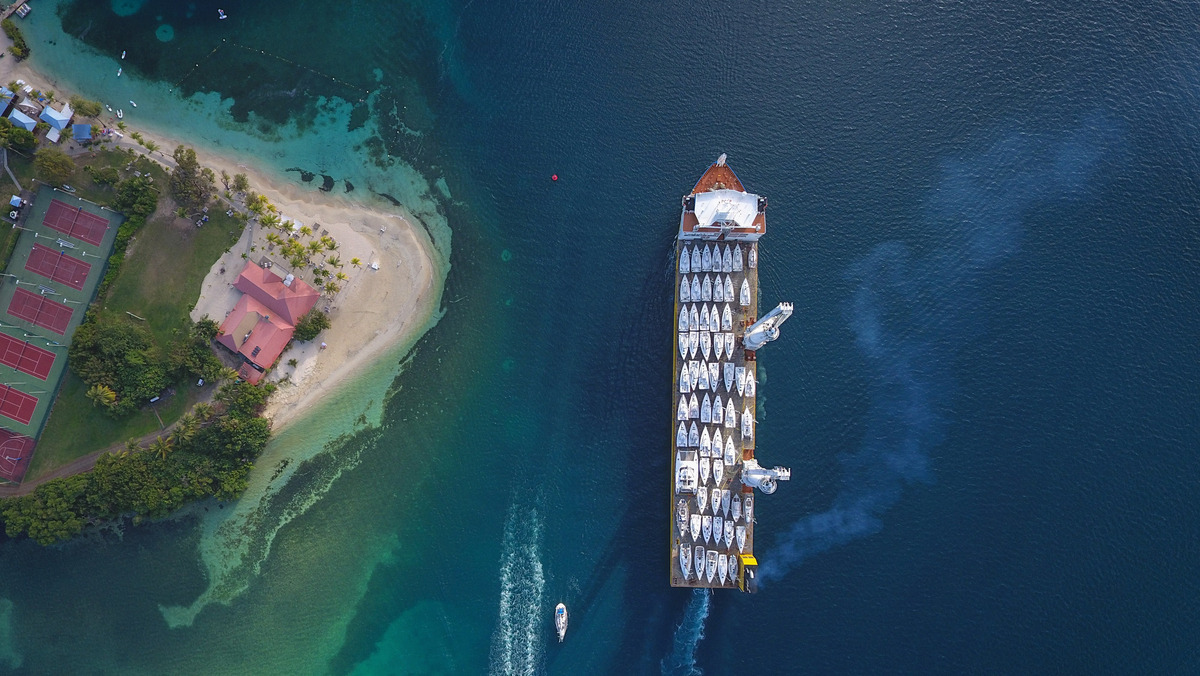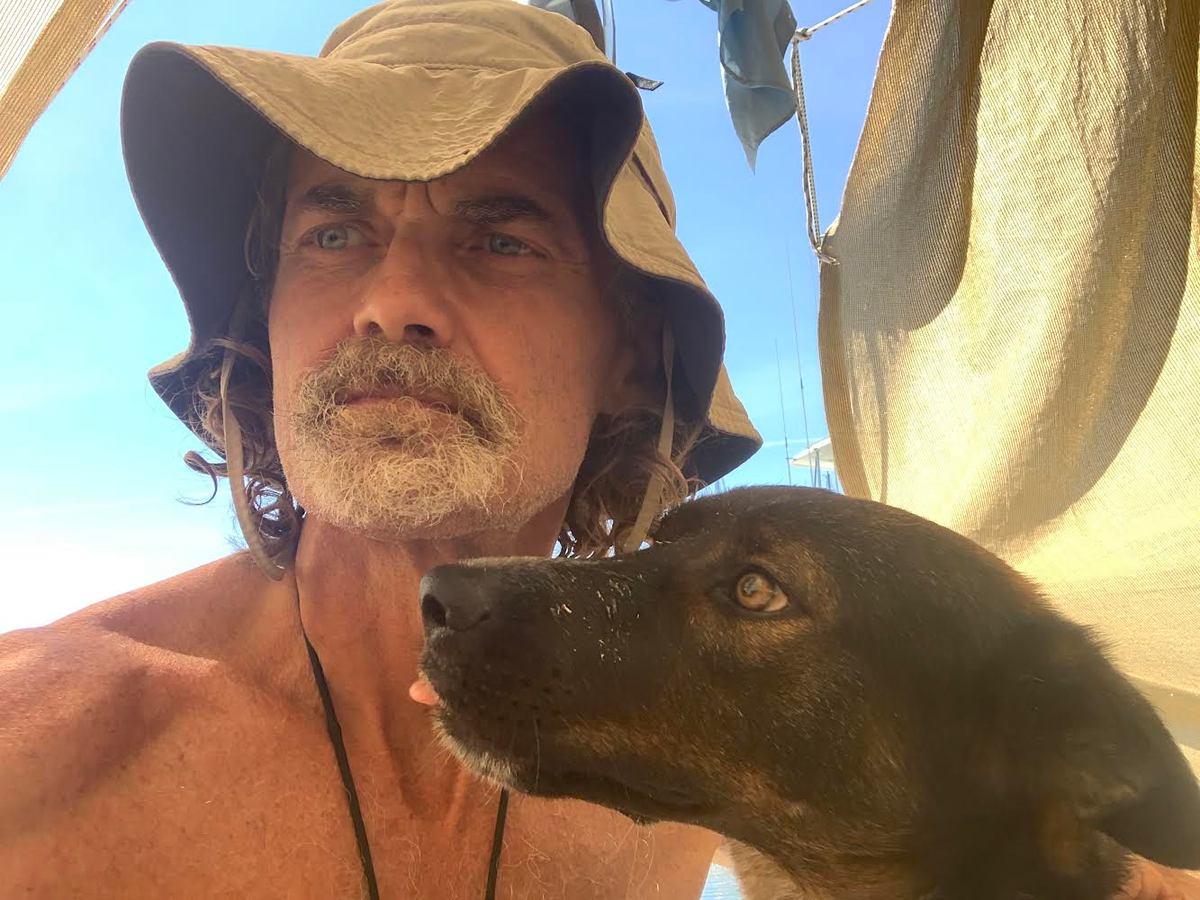BOQUETE 🇵🇦 PANAMA
Boquete, often referred to as a "coffee mountain paradise," is a picturesque town located in the highlands of Panama. It is renowned for its ideal climate, fertile volcanic soil, and lush surroundings, which make it an excellent region for coffee cultivation. The town is nestled in the beautiful Boquete Valley, surrounded by verdant mountains, waterfalls, and abundant flora.

In terms of being "set back in the time of happiness," one could interpret this phrase as Boquete's ability to evoke a sense of tranquility, simplicity, and contentment. The town has a slower pace of life compared to bustling urban areas, allowing visitors to immerse themselves in nature's beauty and enjoy a more relaxed atmosphere. This, combined with the charm of the local community, creates a feeling of happiness and serenity.

Boquete's coffee industry, along with its rustic charm and natural landscapes, contributes to its reputation as a paradise. Coffee plantations dot the mountainsides, offering visitors the opportunity to explore and experience the coffee-making process firsthand. The region's coffee farms often feature picturesque vistas, where one can witness the traditional methods of harvesting and processing coffee cherries.

Overall, Boquete can be described as a tranquil and idyllic place, where the natural beauty of the coffee mountains and the warmth of its people create a sense of happiness and nostalgia for a simpler time.
TURTLE CAY MARINA 🇵🇦 PANAMA SPONSORS THE PANAMA POSSE
TURTLE CAY MARINA 🇵🇦 SPONSORS THE PANAMA POSSE
09° 35.935' N 079° 26.3233' W

We are excited to Sponsor the Panama Posse with the following discounts !
- 15 % discounts on slips; or stay 4 nights, pay for 3
- Long term discounts of at least 15 %, depending on length of stay
- 15 % discount on metered electric service
- free delivery service to your yacht from Panama City
- unlimited use of our large shower- change- bathrooms and full coin operated laundry
- unlimited use of our covered social area and B-B-Q
- free unlimited use of our beaches, beach huts and bath rooms
- free unlimited use of our fresh water swimming pools except Saturdays or Sundays. (Unless you're a hotel guest).
- 15 % discount on food and drinks at our restaurants
- 15 % discount at our hotel
- exclusive personnel transfer service to or from Panama City or airport for $50. (Max. 3 persons)

CONTACT
info@turtlecaymarina.com
AMENITIES
- Slips up to 120 feet
- 100 amp pedestals
- 30 miles away from San Blas
- Fresh water
- Free Wi-Fi
- Fuel dock
- Yacht club
- Beach bar
- Restaurant
- Laundry room
- Bathrooms
- Showers
- White sandy beaches
- Taxi service
- 24-hour security
- Services
- Fuel Service
- Wi-Fi
- Bottom Jobs
- Haul out
- Stands
- Blocks
- Pressure wash
- Light scrape
- Temporary letter

TURTLE CAY MARINA SAFE APPROACH
LOCATION

NEARBY
San Blas
White sandy beaches
Crystal clear ocean water
Helicopter Tours
Shelling, Tidepool Exploration, Sunbathing
Diving, Snorkeling, Catamaran Sailing (Hobicats), Boat Tours, Kayaking, Deep Sea Fishing
Jungle Treks, Hiking, Birdwatching, Horseback Riding
San Blas Trips, Kuna People Experience, Sightseeing, Historic Excursions
Souvenirs, Free Zone Shopping (in nearby Colon); Panama City Excursions
Briefings, Experience Tours, Investment Seminars for Groups
 '
'
SOLARTE MARINA 🇵🇦 SPONSORS THE PANAMA POSSE
Solarte Marina 🇵🇦
09° 18.5983' N 082° 11.8233' W
We are excited to sponsor the Panama Posse with a 15 % discount for visiting vessels and a special 4 days for the price of 3 discount

Dominik Hasala
CEO
+507 6565-1324
ahoy@marinasolarte.com

CONTACT
Bocas del Toro. Panamá
ahoy@marinasolarte.com
+507 6565-1324
RATES >>

See the current Lease Rates at Marina Solarte for 2023. The rates include monthly checks of the bilge pump and boat air-out and are calculated per foot of Length Overall (including all tenders and appurtenances).
Prices for 2023 Boat Type Catamarans or Multihulls
Monohulls
Monthly Rate / ft
Weekly Rate / ft
Daily Rate / ft
Panga or Similar

AMENITIES
- NUMBER OF SLIPS 37
- LENGTH OVERALL 20' - 80'
- MAX BEAM 45'
- MAX DRAFT 15'
- Pet Friendly
- Laundry
- Showers
- Toilets
- Year-Round Wet Slip Storage
- 24/7 Security and Staff Available
- Provisioning, US shipping address,
- Vessel Maintenance
- 30 amp electrical services (soon)
- Complimentary Wi-Fi
- Pump-out (soon)
- Our Photovoltaic system - connected and functional
- Our LiFePO4 batteries (30kWh) - connected and functional
- Free Filtered rainwater is available on the whole dock (people love to use it for cleaning their boats or refill the tanks)
- Free Starlink internet for all guests of our Marina
- Cold drinks available in the Marina Office
- Pathways on two islands connected to the Marina
- Boat brokerage and sailboats for sale
- Hull polishing, stainless steel work, carpentry, marine electrician, generator repairs, and other services are available
- We are hosting potluck BBQs every Friday starting at 4 PM (more and more sailors are joining, even anchoring in front of the Marina just to join)
SAFE APPROACH
CHART
LOCATION
OFFICIAL WEBSITE >>
FLEET UPDATE 2023-02-12
|
|
|
DELTA MIKE MARINE SUPPLY 🇵🇦 PANAMA SPONSORS THE PANAMA POSSE
DELTA MIKE MARINE SUPPLY 🇵🇦 PANAMA SPONSORS THE PANAMA POSSE

We are please to announce our special discount for the Panama Posse with a 15 / 20 and 25 % discount for active Panama Posse participants
-
Yanmar
-
Yamaha
-
Tohatsu
-
Suzuki
-
Quicksilver
-
Evenrude
-
Johnson
-
Mercury
-
Brp
Authorized Dealer, we offer engines, support and original products with factory warranty.
Delta Mike Marine Supply is a company founded in Jan 2020 with a management that have over 15 years experience in maritime business.
As Yanmar Authorized Dealer, we offer engines, engine services, spare parts, lub oils and all types of Marine products for you all necesities.
Our work site is in Colón, in the Atlantic side close to The Panama Canal but covering all the Country.
SERVICES



Spare & Parts
You Can request your quote and order your spare parts when you need, if we don’t have in our stock in Panamá, you can have them in your hands in 2 or 3 days.
*May apply extra charges
Engine & Transmissions
If you need a re power, we can help you, contact us to coordinate an inspection to offer what really you need
Low Cost
You can buy with us with same price and quality that in US but here in Panama, don’t forget, We are Authorized Dealer of the brands that we handle.
CONTACT :
info@dmmarinesupply.com
sales@dmmarinesupply.com
Website: dmmarinesupply.com/
Phone +507 444-6475
Whatsapp +507 6747-4918
Cell +507 6747-4918
Location :
La Cresta de Los 4 Altos 30BV
COLON, PANAMA
PANAMA AND PACIFIC POSSE PARTY AT SHELTER BAY
SAT Feb 3 2024, SheLTER BAY PANAMA
ITINERARY
- 09:00 – 12:00 Swap Meet $ 1 pp – @ GAZEBO
- 12:00 – 13:00 Liferaft inflation Demo – @ GAZEBO
- 14:00 – 21:00 Marine Trade show displays @ GAZEBO
- 14:30 Panama Canal best practices seminar @ SEMINAR CRUISERS LOUNGE
- 15:00 Panama Posse Route – going back to Cali or sea of Cortez @ SEMINAR CRUISERS LOUNGE
- 15:30 OpenCPN Sat Charts and how to get them and use them @ SEMINAR CRUISERS LOUNGE
- 16:00 South Pacific Posse route presentation – beyond Bora Bora @ SEMINAR CRUISERS LOUNGE
- 17:00 Destination Belize Tourism Board Seminar & the second largest barrier reef @ SEMINAR CRUISERS LOUNGE
- 17:30 Predict Wind @ SEMINAR CRUISERS LOUNGE @ GAZEBO
- 17:45 OPEN BAR BY FLOR DE CAÑA @ GAZEBO
- 18:00 Folkloric Dance and Event Inauguration @ GAZEBO
- 18:26 SUNSET & INVOCATION @ GAZEBO
- 18:27 PIG ROAST POT LUCK AND THE BEGINNING OF THE POSSE FEAST @ GAZEBO
- 19:00 DANCE MONKEY DANCE DANCE @ GAZEBO
- LATE TEXAS HOLD’EM TOURNAMENT AND MEXICAN TRAIN TOURNAMENT @ SEMINAR CRUISERS LOUNGE

ACCOMMODATIONS
WELCOME
Marina Hotel at Shelter Bay is located at the Caribbean entrance of the Panama Canal. A spectacular waterfront setting surrounded by the lush and pristine rainforest of the San Lorenzo National Park.
Marina Hotel at Shelter Bay puts you in an ideal location for enjoying the many charms of Colon’s historical sites and natural beauty.
We offer our guests a unique and comfortable retreat, complemented with the warmth of our service and the always-colorful Caribbean touch.
Pamper yourself after your travels; enjoy the quiet and relaxing atmosphere at Shelter Bay
BERTHING
FLEET UPDATE-2022-05-29
|
|
|
VISTA MAR MARINA 🇵🇦 SPONSORS THE PANAMA POSSE
VISTA MAR MARINA 🇵🇦 SPONSORS
THE PANAMA POSSE THE CENTRAL AMERICAN RALLY
The Vista Mar Marina is please to announce a 25 % discount
for all participants in the Panama Posse over current rates
Vista Mar Marina

Marina Manager: Jacqueline Petti
If dialing from the U.S., please dial +011 prior to all calls.
Phone: (+011) 507 66118528
Email: reservations@vistamarmarina.com
RATES
| < 60 feet | 61 - 80 feet | 81 - 100 feet | > 100 feet | |||||
| DAYS | Mono | Multi | Mono | Multi | Mono | Multi | Mono | Multi |
| 1-7 | $ 0.75 | $ 1.00 | $ 0.90 | $ 1.15 | $ 0.90 | $ 1.20 | $ 2.25 | $ 4.00 |
| 8-14 | $ 0.70 | $ 0.90 | $ 0.85 | $ 1.10 | $ 0.85 | $ 1.15 | $ 2.15 | $ 3.50 |
| 15-29 | $ 0.65 | $ 0.80 | $ 0.80 | $ 1.00 | $ 0.80 | $ 1.10 | $ 2.00 | $ 3.00 |
| 30+ | $ 0.55 | $ 0.70 | $ 0.75 | $ 0.75 | $ 0.75 | $ 0.80 | $ 0.60 | $ 1.30 |
| 90+ | $ 0.50 | $ 0.65 | $ 0.55 | $ 0.70 | $ 0.55 | $ 0.75 | $ 0.56 | $ 1.20 |
NOTES:
RATES DO NOT INCLUDE 7% TAXES
DEHUMIDIFIER IS RECOMENDED FOR LONGTERM STORAGE
LOA IS MEASSURED FROM THE END OF THE BOW TO THE END OF THE STERN
ALL RATES CAN CHANGED WITH NO PREVIOUS NOTIFICATION good till Dec 31 2020
Vista Marina Mar, Kilometer 92, San Carlos, Panama City
Tel: (507) 6611-8528 (If dialing from the U.S., please dial +011 prior to all calls.)
MARINA VISTA MAR SAFE APPROACH
VIDEO
LOCATION
AMENITIES
Vista Mar Marina will provide each boat owner with unsurpassed customer service and we will treat each customer, at all times, with honesty and integrity. Our marina facilities provide services and navigational aid, facilitating the transit of recreational boats to the region. Locally, we joined the group of marinas, which are already in operation to increase the supply of water spaces.
- Seamanship Service 24 hours / 365 days a year
- Immigration Service and Customs Panameña
- Trailer and Drystorage facilities for motorboats and sailboats
- Assistance to maneuver from the water
- Management office
- Personalized assistance
- Tourist information and weather
- Parking
- Commercial area of shops and nautical services
- Fuel station open 7 days a week
- Security and video surveillance 24 hours
- Fire safety
- Selective waste collection
- Heliport
- Bar restaurant
- Mini market
- Hardware
- Water, electricity and Wi-Fi
Restaurant Terraza Del Mar
Chef Pascal Finet's creation, Terrazas del mar, relies on one of the best seafood and Mediterranean menus in Panama. A mixture of flavors that will make your palate long for more. Chef Pascal Finet, specializes in a Mediterranean and seaworthy kitchen. His creativity, is shown by a menu full of culinary delights that come from the captures of fresh fish, delicious meats and the best spices for an experience that is out of this world. Terrazas del mar is the perfect place to begin your lunch or a dinner at the end of a long day. We could write volumes on world renown Chef Pascal Finet, but he would prefer that the cuisine speaks for ifself. Terrazas del mar is truly one Panama's unique restaurants.
Boga Bar: Restaurant, Bar & Lounge
Enjoy our extensive menu of snacks, cuisine and cocktails while relishing an unrivaled 360 ° view of the sea. After a long day on the water or exploring the Panamanian culture, the Boga Bar, restaurant, bar and lounge is the perfect place to unwind. The restaurant is located at the pool of Vista Mar Marina and Golf resort, where you will enjoy a full gourmet meal with a beautiful view of the beach and the Marina. Cuisine is prepared and served by renowned Chef Pascal Finet.
Beach Club
Enjoy a luxurious 5-star beach club while experiencing unbelievable sunsets, gentle ocean breezes, poolside amenities and unparalleled views. The beach club is known for relaxing, quiet moments for couples, families and friends.
Heliport
Helicopter transport is common among Vista Mar guests who arrive day and night. The heliport is easily accessible and a great way to arrive and exit quickly. Contact us for questions about helicopter transport.

OFFICIAL VISTA MAR MARINA WEBSITE

http://www.vistamarmarina.com/
SERVICE PROVIDERS
+507 6330 3334
john@panamacarrentals.com
$40 x day
OLLIE
+507 6026 2767
wikusmarineauto@gmail.com
For English: Wikus or Ollie +507 6026-2767 6813-4964
For Spanish: Marcela +507 6799-1400
Green Clean Laundry
Jean-Paul
+507 6671 1946
Delivers to Marina
Marine Warehouse www.marinewarehouse.net panama@marinewarehouse.net
Although they have very few items on hand at any point in time (Honda Generators, filters and solar panels
sometimes), this is really an office for placing orders.
The company ships in most boat items at a price similar to or less than the West Marine or internet prices. Ship
by plane or boat. Boat shipments can include hazardous materials.
Some cruisers have experienced problems with items arriving when expected; other cruisers have had no
problems and give glowing recommendations. Ask for printed quote.
Local Contact for Deliveries: Arturo Romero, 6702-9256, 314-1768 (Arturo prefers WhatsApp and text
messaging over email or phone calls)
Local office is in Las Brisas shopping center at the western end (close to the anchorage), facing the parking lot
